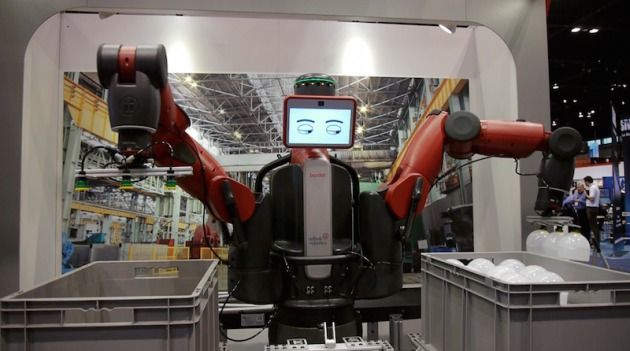May 4, 2015
No one knows at what Likelihood Black Holes will be produced in June at CERN
Posted by Otto E. Rössler in categories: existential risks, particle physics
But if so, it means the end of earth soon. This frequently published result is contradicted by no one in physics. The lobby just bets on the media remaining quiet.
It is ironic that so many physicists take their children hostage. This is because the media do not ask them why they are not afraid. For then they would start to stutter and their children would begin to ask questions. Even Stephen Hawking could no longer afford to skirt the issue.
The ultimate reason, of course, is Einstein. He alone can help. The “happiest thought of my life,” as he always said, has a further consequence (c-global). Ask your teachers about it. You will learn they have no idea. This is at the root of the problem: irrational dogmatism. Worse to date than in the middle ages because the consequences do not hurt a minority of women: this time around everyone is the victim.
The poor witches on the stakes probably foresaw it all since no one else had a closer look at the nature of human society. So only in Auschwitz later on, after the doors were closed. Please, do change your attitude, poor consensus-based society without a heart: Why not show the world that you love your children, my dear physicist colleagues? Do stand the trial that you are under in the face of a watching globe!
Continue reading “No one knows at what Likelihood Black Holes will be produced in June at CERN” »

















